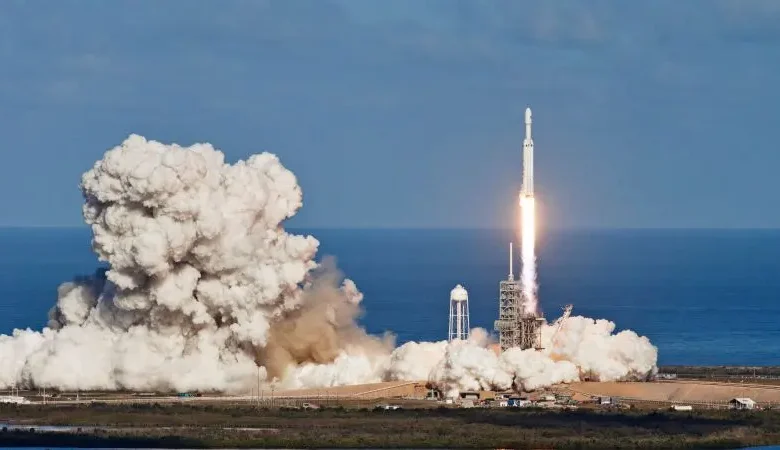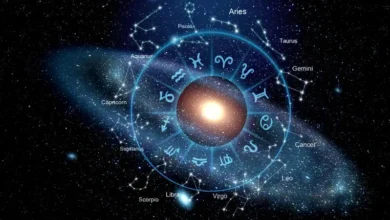SpaceX launches 23 Starlink satellites into space

SpaceX launched 23 Starlink satellites into low-Earth orbit from the Cape Canaveral Space Force Station on Sunday night, bringing the total number of Starlink satellites in orbit to just over 6,000.
This was the 15th mission for the reusable booster rocket, which launches the spacecraft into orbit, largely under the power of a million pounds of rocket-grade kerosene. Nine of its launches have been Starlink missions.
After separation, the booster returned to the drone ship called A Shortfall of Gravitas, stationed in the Atlantic Ocean, and will be reconditioned for a future mission.
The launch, specifically to help build out the Starlink satellite fleet, came amid an unusually intense geomagnetic storm affecting Earth’s atmosphere, which SpaceX CEO Elon Musk has said is causing service disruptions.
“Major geomagnetic solar storm happening right now. Biggest in a long time,” Musk wrote on X, formerly Twitter. on Saturday morning. “Starlink satellites are under a lot of pressure, but holding up so far.”
At least seven intense solar flares known as Coronal Mass Ejections have been observed since Wednesday, according to the National Oceanic and Atmospheric Administration.
The storms are the result of variations in the solar wind that produce dramatic shifts in atmospheric currents and plasma fields in Earth’s magnetosphere.
SpaceX has been authorized to deploy 12,000 Starlink satellites into low-Earth orbit and has applied for approval for an additional 30,000.










